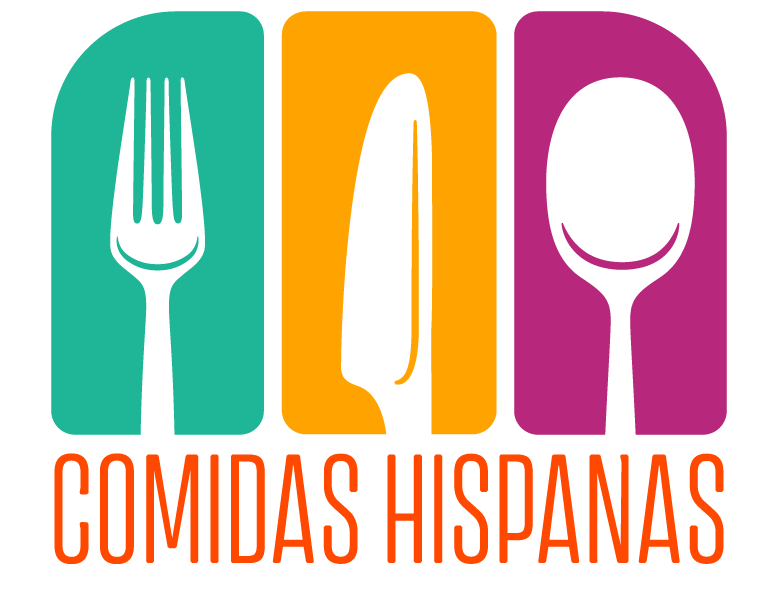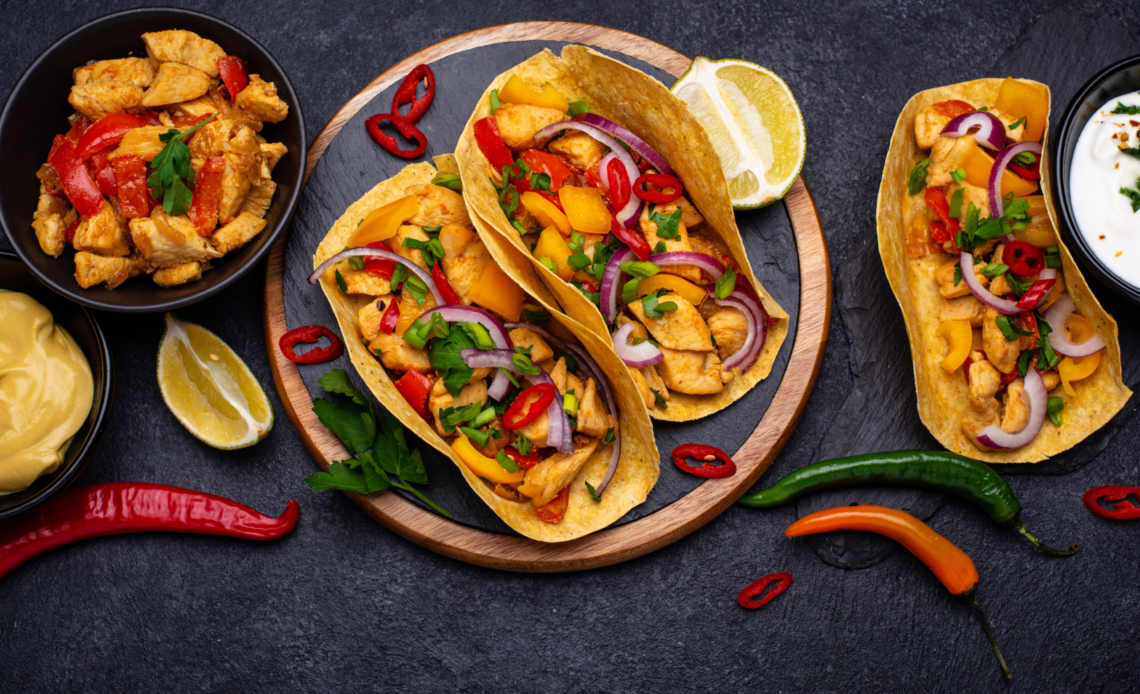
Mexican cuisine has always been a favorite among foodies, but in recent years it has undergone a major transformation in the culinary world. From traditional family-run taquerias to modern fusion restaurants, Mexican cuisine has evolved to offer a diverse range of flavors and experiences.
Mexico’s culinary scene has always been rich, with a long history and deep-rooted traditions. However, in recent years, Mexican restaurants have redefined the concept we have of their cuisine. The traditional dishes are still there, but now chefs are experimenting with new ingredients, techniques and contemporary presentations.
This has led to the emergence of modern Mexican restaurants that offer a unique and exciting dining experience. In this article we will explore the evolution of Mexican cuisine and look at some of the best restaurants that are leading the redefinition of Mexican food.
The evolution of Mexican cuisine
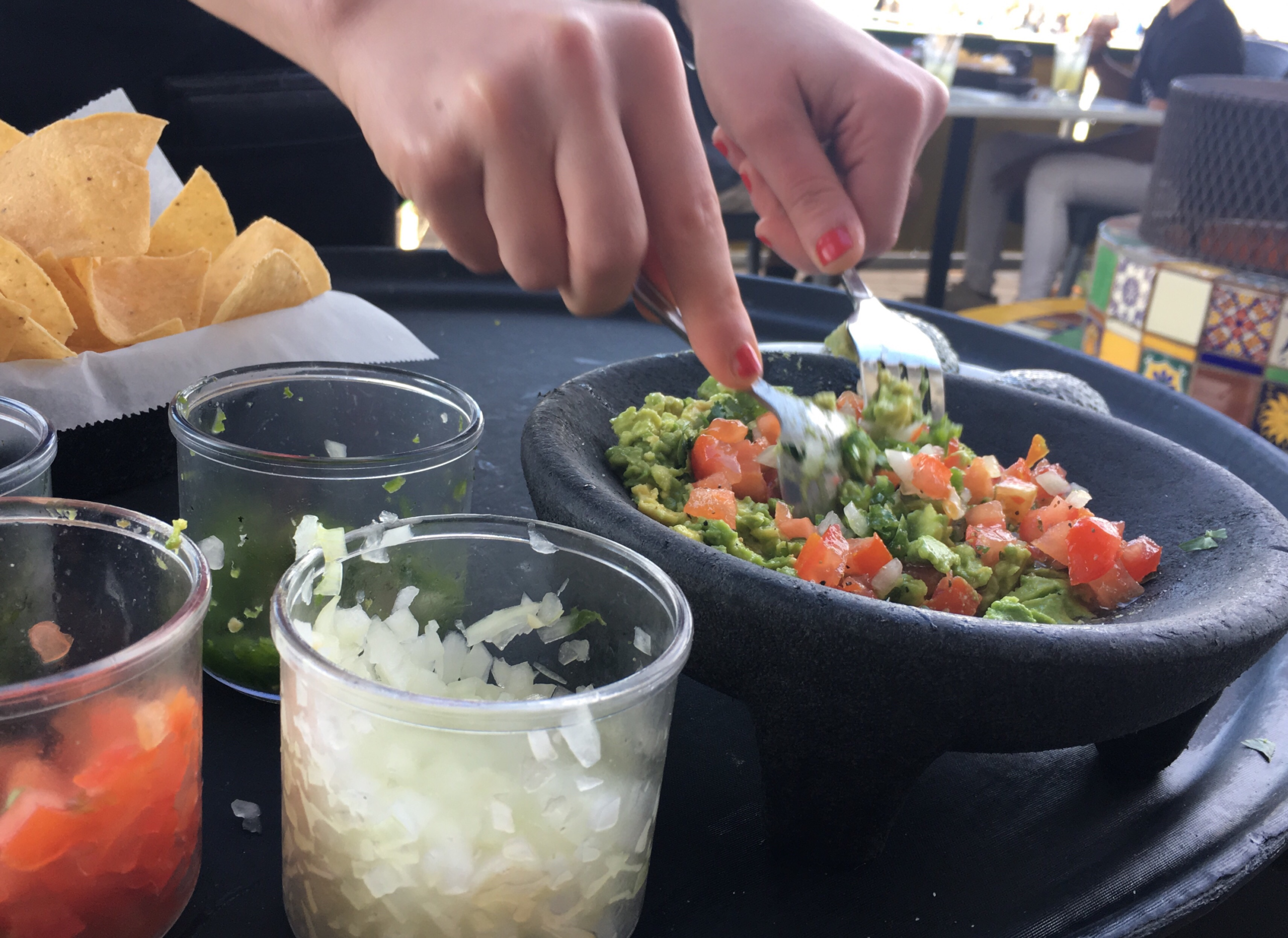
Mexican cuisine has a long and rich history dating back to pre-Hispanic times. Many of the ingredients and techniques used in today’s Mexican cuisine have their roots in Mexico’s indigenous cultures. For example, corn, chiles and beans are some of the basic ingredients of Mexican cuisine and have a long history in Mexico’s culinary culture.
The influence of Mexican cuisine has spread throughout the world, especially in the United States. Mexican food has adapted to the tastes of the U.S. population, and has often been fused with other cuisines to create new flavors and dishes. For example, Tex-Mex food is a fusion of Mexican food and Texas food, and has gained much popularity in the United States.
The rise of modern Mexican cuisine
Despite its rich history, Mexican cuisine has long been underrated. Most Mexican restaurants have focused on serving traditional dishes and have not experimented much with new ingredients, bold flavors, or culinary techniques. However, in recent years, there has been a surge in the popularity of modern Mexican cuisine.
Mexican chefs have started to venture into uncharted territories, exploring new ingredients and culinary techniques to create unique and exciting dishes. They are breaking free from the confines of traditional recipes and embracing innovation and creativity. Modern Mexican restaurants are at the forefront of this culinary movement, offering a fresh and exciting approach to Mexican cuisine.
One of the key characteristics of modern Mexican cuisine is the use of local and sustainable ingredients. Chefs are increasingly sourcing their produce from local farmers, showcasing the diverse flavors and freshness of regional ingredients. This not only supports local agriculture but also ensures that the dishes are made with the highest quality ingredients.
Another notable aspect of modern Mexican cuisine is the emphasis on conscious cooking. Many modern Mexican restaurants prioritize sustainability and ethical practices. They strive to minimize food waste, use environmentally friendly packaging, and implement eco-conscious practices in their operations. By embracing conscious cooking, these restaurants are not only creating delicious meals but also contributing to a more sustainable food industry.
Modern Mexican cuisine also embraces innovation in terms of flavors and presentation. Chefs are incorporating new and unconventional ingredients, such as exotic fruits, artisanal cheeses, and unique spices, to add a contemporary twist to traditional dishes.
They are pushing the boundaries of flavor profiles and creating unexpected combinations that tantalize the taste buds.
Furthermore, modern Mexican restaurants pay great attention to the presentation of their dishes. They believe that food should be visually appealing and strive to create stunning culinary masterpieces. From intricate plating techniques to artistic garnishes, every detail is carefully considered to provide a feast for both the eyes and the palate.
With their innovative approach, modern Mexican restaurants are redefining Mexican cuisine and taking it to new heights. They are elevating the perception of Mexican food, showcasing its versatility and sophistication.
By embracing culinary creativity, sustainability, and conscious cooking, these establishments are not only delighting diners but also contributing to the evolution of Mexican gastronomy.
In conclusion, the rise of modern Mexican cuisine has brought a breath of fresh air to the culinary scene. It has challenged the traditional notions of Mexican food and introduced a new wave of flavors, techniques, and concepts. With their focus on local ingredients, conscious cooking, and culinary innovation, modern Mexican restaurants are driving the evolution of Mexican cuisine and ensuring its well-deserved recognition on the global stage.
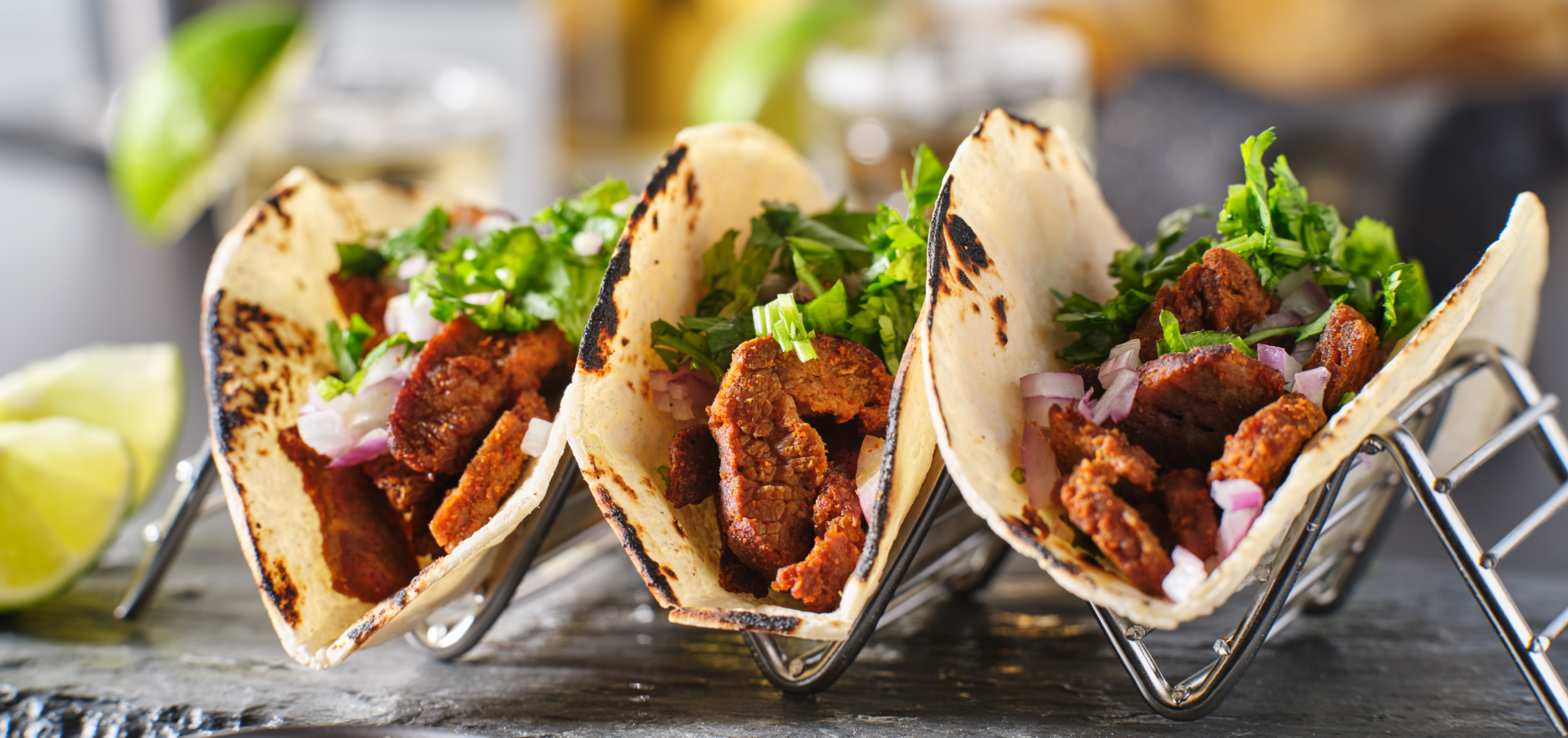
What makes a Mexican restaurant special?
A Mexican food restaurant can be special for a number of reasons. Here are some aspects that can make it stand out:
Authenticity: An authentic food restaurant strives to offer traditional dishes and drinks that reflect Mexico’s rich culinary culture. It uses fresh, authentic ingredients, all cooked, following traditional family recipes passed down from generation to generation.
Variety of dishes: Mexican gastronomy is very diverse, with a wide range of flavorful regional dishes. A special Mexican restaurant is characterized by offering a variety of options, from tacos and enchiladas to pozole, mole, tamales, chiles en nogada, among others. This allows diners to explore different flavors and discover new culinary delights.
Quality of ingredients: A good Mexican food restaurant distinguishes itself by using fresh, quality ingredients in signature dish. This includes choosing tender meats, fresh vegetables, authentic spices and typical Mexican products such as chili, avocado, tomato, rice and corn.
Flavor and seasoning: Mexican food is noted for its savory combination of flavors and spices. A special restaurant strives to achieve a perfect balance between the different ingredients, using spices such as chili, cumin, cinnamon, coriander and achiote peppers to enhance the flavor of the shredded chicken, and the meat in the beef and chicken dishes.
Ambiance and table décor: An authentic Mexican food restaurant or bar can create a cozy and festive atmosphere, with décor that reflects Mexican culture and traditions. This can include bright colors, handcrafted elements, traditional music and themed table details that transport diners to Mexico.
Customer service: Excellent customer service is critical in any restaurant. A specialty Mexican food restaurant strives to provide friendly, efficient and personalized attention, ensuring that diners feel welcome and enjoy a pleasant experience.
Mexican Restaurants Redefining the Culinary Scene
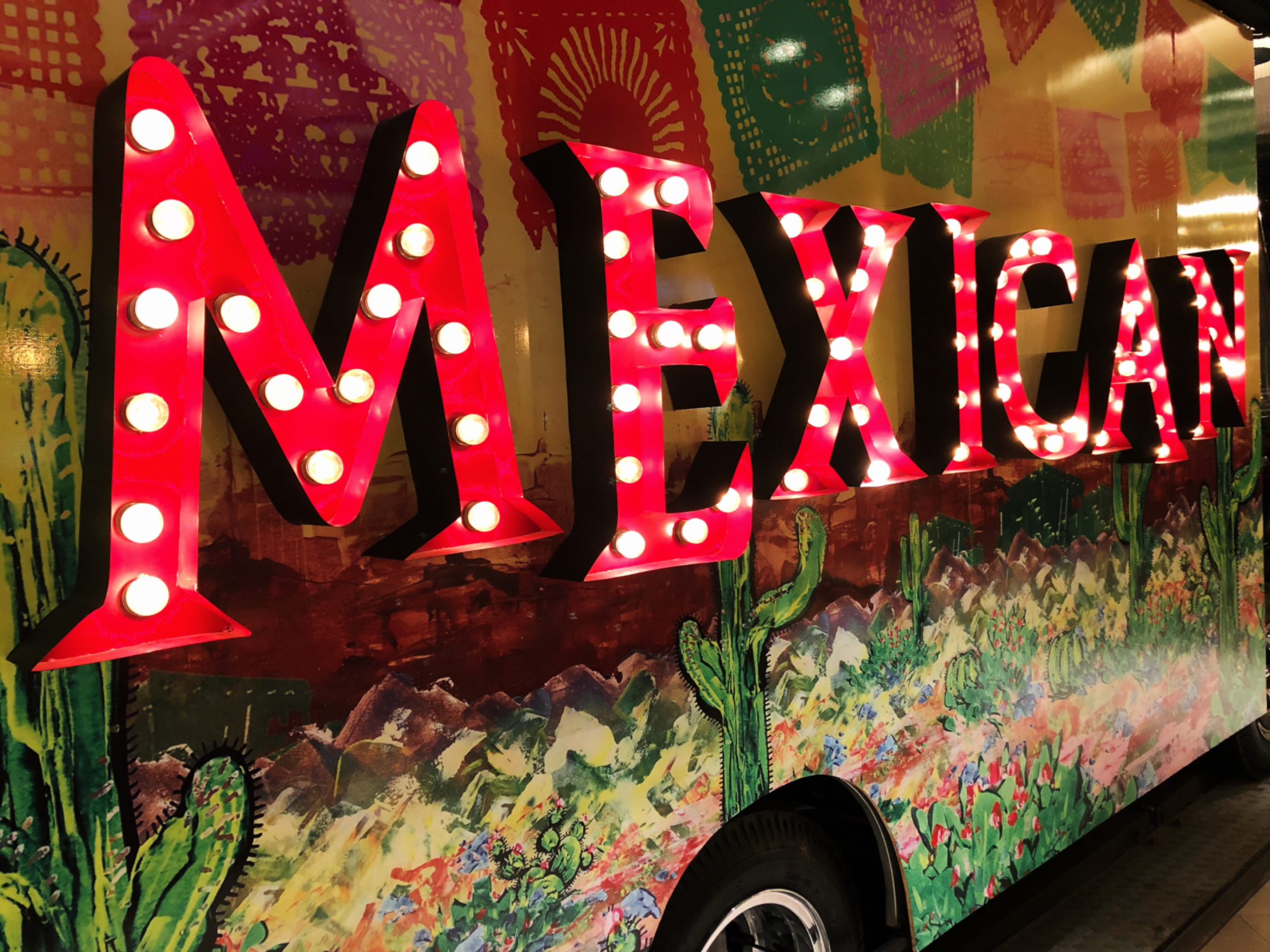
Here are some of the best Mexican restaurants that are leading the redefinition of Mexican cuisine:
Pujol
Pujol is one of Mexico’s most famous restaurants, and has been ranked as one of the top 50 restaurants in the world. Chef Enrique Olvera is known for his innovative approach to Mexican cuisine, using local and sustainable ingredients to create unique and delicious dishes. Pujol’s tasting bar and dinner menu is constantly changing to reflect seasonal ingredients, and is a truly unique dining experience.
Quintonil
Chef Jorge Vallejo is the mastermind behind Quintonil restaurant and bar, another of Mexico’s top restaurants food. Vallejo focuses on using local and sustainable ingredients to create delicious dishes and cocktails that reflect Mexico’s culinary culture. Quintonil’s tasting menu is an exceptional dining experience, and uses ingredients such as cacao and insects to create unique and exciting flavors.
Nicos
Nicos is a family-owned restaurant that has been in operation since 1957. The restaurant has remained true to its traditional roots, but has also incorporated new ingredients and culinary techniques to create unique, flavorful and exciting dishes. Nicos is known for its authentic, home-style cooking and is a popular spot for dinner for locals and tourists alike.
Contramar
Contramar is a seafood restaurant and bar that has gained a lot of popularity in recent years. The restaurant focuses on using fresh, high quality ingredients to create delicious and sustainable dishes. Contramar is known for its famous tuna dish, which is served as a unique and exciting dining experience.
Innovative Mexican dishes to try
Here are some of the innovative food and dishes you can try at modern Mexican restaurants:
Jicama tacos.
Instead of using corn tortillas and salsa, some restaurants are using jicama to create crispy, low-calorie tacos. Jicama tacos and tomato salsa are a healthy and delicious option for those looking for an alternative to traditional tacos and salsa.
Coconut Ceviche
Ceviche is a popular dish in Mexican cuisine, and some restaurants are experimenting with new ingredients to create unique flavors. Coconut ceviche is a refreshing and delicious option for tacos that uses coconut milk, shrimp, onions, peppers, garlic and spices to create a sweet and creamy flavor.
Tostadas de chapulines
Chapulines shrimp and chicken are a popular protein source in Mexican cuisine, and some restaurants are using these insects to create unique and exciting chicken dishes. Chapulines shrimp and chicken tostadas are a tasty and crunchy chicken option for lunch and dinner that is popular with adventurous food lovers.
Mexican restaurants that use local and sustainable ingredients.
Many modern Mexican restaurants focus on using local and sustainable ingredients to create delicious and conscious dishes. These restaurants are leading the charge in creating a sustainable future for Mexican cuisine. Here are some of the best Mexican restaurants using local and sustainable ingredients:
Nicos
Nicos focuses their cooking on using local ingredients to create authentic and delicious dishes. The restaurant works directly with local farmers to ensure their ingredients are fresh and sustainable.
Pangea
Pangea is a restaurant in Monterrey that focuses on using local and sustainable ingredients to create unique and exciting dishes. Chef Guillermo González Beristáin prides himself on using local and sustainable ingredients to create delicious dishes that honor Mexico’s culinary culture.
Laja
Laja is a restaurant in the Guadalupe Valley that focuses on using local and sustainable ingredients to create unique and delicious dishes. The family restaurant works with local farmers to ensure that their ingredients are fresh and sustainable, and offers a unique dining experience in the heart of the valley.
The fusion of Mexican cuisine
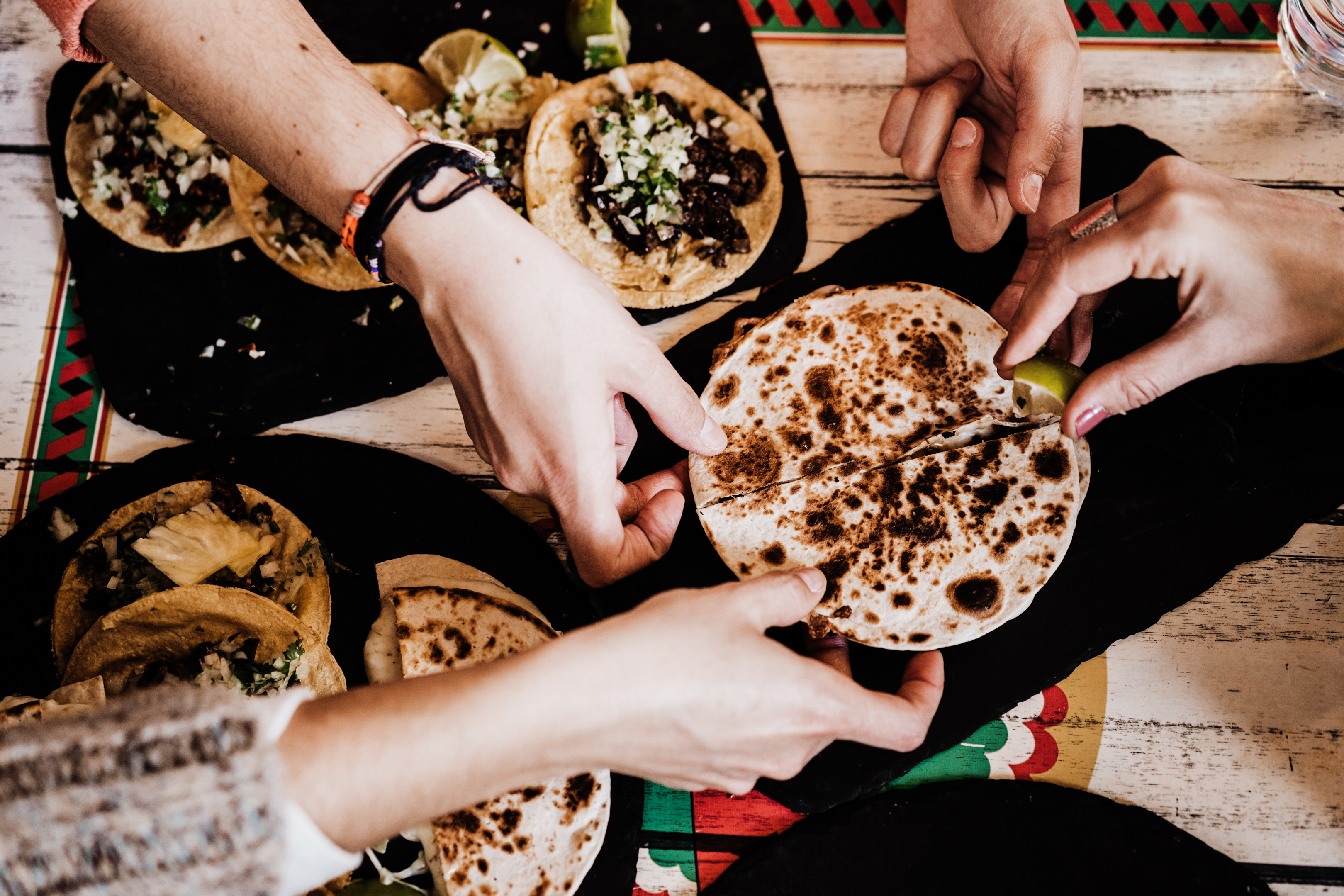
The fusion of Mexican cuisine with other cuisines has led to the creation of new and exciting flavors. Some of the best Mexican restaurants are combining Mexican cuisine with other cuisines to create unique and exciting dishes. Here are some of the best Mexican fusion restaurants:
Maximo Bistrot
Máximo Bistrot is a restaurant in Mexico City that combines Mexican cuisine with French cuisine. Chef Eduardo Garcia uses local and sustainable ingredients in cooking to create unique and exciting dishes, drinks and cocktails that reflect Mexico’s culinary culture.
Niddo
Niddo is a restaurant in Mexico City that combines Mexican cuisine with Italian cuisine. The restaurant uses local and sustainable ingredients to create unique and delicious dishes that honor the culinary culture of Mexico and Italy.
Dulce Patria
Dulce Patria is a restaurant in Mexico City that combines Mexican cuisine with Spanish cuisine. Chef Martha Ortiz uses local and sustainable ingredients to create unique and exciting dishes that reflect the culinary culture of Mexico and Spain.
The future of Mexican cuisine
Mexican cuisine is currently experiencing a thrilling transformation, and its future holds great promise. The emergence of modern Mexican restaurants is playing a pivotal role in redefining and shaping the culinary landscape, creating unique and exciting dishes that pay homage to Mexico’s rich history and culinary traditions. With a strong focus on sustainability and the utilization of locally sourced ingredients, Mexican cuisine is poised for a bright and dynamic future.
One of the key aspects driving the future of Mexican cuisine is the emphasis on sustainability. As environmental awareness continues to grow, modern Mexican restaurants are embracing sustainable practices and actively seeking out local suppliers and farmers who adhere to eco-friendly methods of production. This commitment to sustainability not only ensures the availability of fresh and high-quality ingredients but also contributes to the preservation of Mexico’s diverse ecosystems.
Additionally, the use of local ingredients has become a fundamental pillar of the future of Mexican cuisine. By sourcing ingredients from nearby regions, restaurants are not only supporting local communities and economies but also highlighting the incredible flavors and variety that each Mexican region has to offer. This emphasis on locality adds depth and authenticity to the dishes, creating a unique culinary experience that truly represents Mexico’s gastronomic heritage.
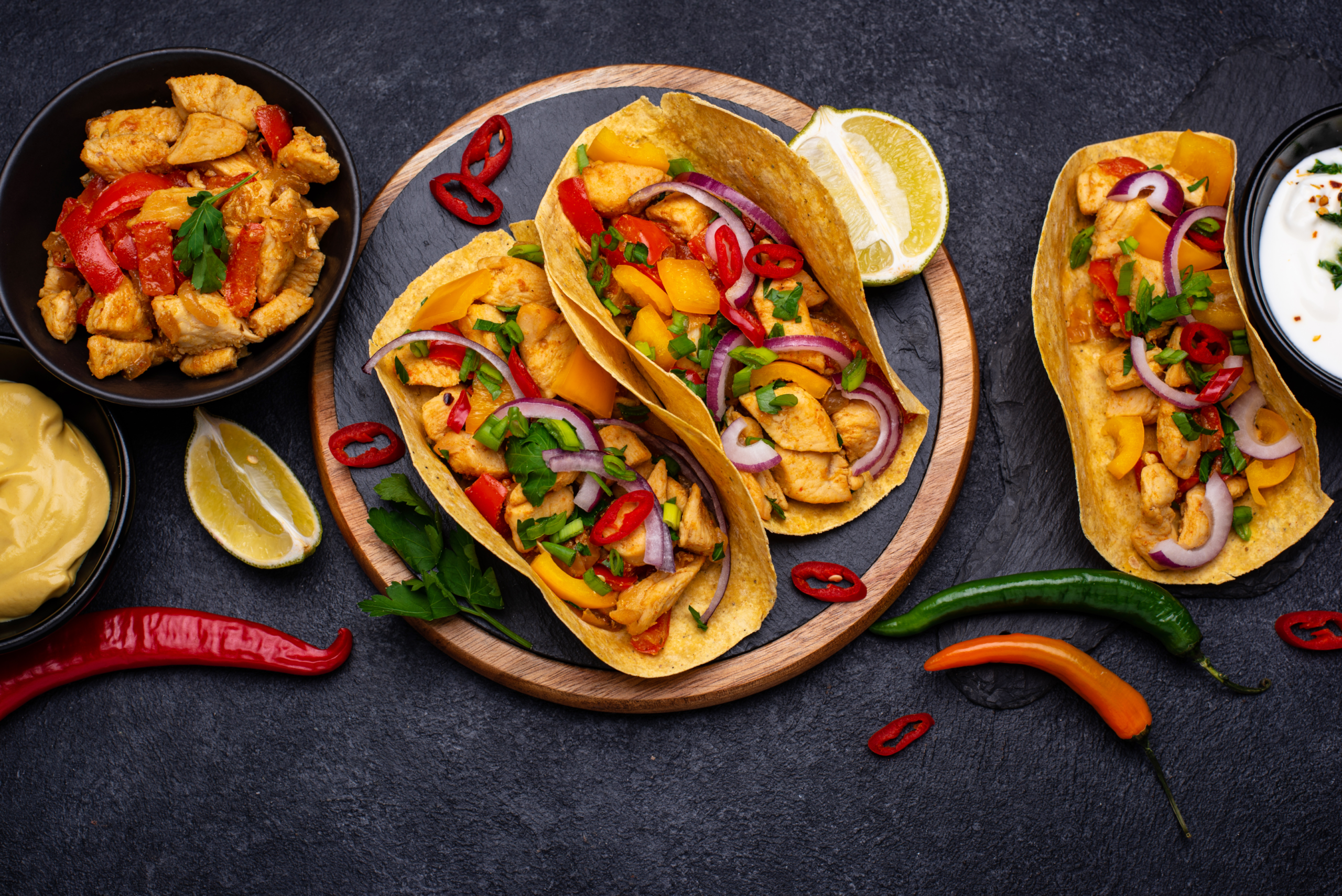
Furthermore, the future of Mexican cuisine lies in the innovative reinterpretation of traditional recipes and flavors. Modern Mexican chefs are continuously experimenting with new ingredients, techniques, and presentations, pushing the boundaries of creativity and challenging preconceived notions of Mexican cuisine. By blending traditional elements with contemporary influences, these chefs are creating exciting and unexpected flavor combinations that captivate diners and keep the cuisine vibrant and relevant.
Another exciting development in the future of Mexican cuisine is the growing appreciation for regional diversity. Mexican cuisine is incredibly diverse, with each region boasting its own unique ingredients, culinary traditions, and flavors. Modern Mexican restaurants are increasingly showcasing these regional specialties, allowing diners to explore the rich tapestry of Mexican gastronomy. From the seafood-rich cuisine of the coastal regions to the complex flavors of Oaxaca and the vibrant street food of Mexico City, the future of Mexican cuisine celebrates the diverse and authentic culinary heritage of the country.
Authentic mexican food
Mexican cuisine has evolved greatly in recent years, and there is now a wide range of restaurants offering a unique and exciting dining experience. From traditional dishes to innovative and fusion dishes, Mexican cuisine has redefined the culinary scene and taken Mexican food to new heights. With a focus on sustainability and the use of local ingredients, Mexican cuisine is poised for a bright and exciting future.
Frequently Asked Questions about Mexican Cuisine and Restaurants
Q: What is the name of the most famous restaurant in Mexico?
A: While there are several renowned restaurants in Mexico, one of the most famous is Pujol, located in Mexico City. It is renowned for its innovative approach to Mexican cuisine.
Q: What makes a Mexican restaurant special?
A: A Mexican restaurant becomes special through various factors, including authenticity, a wide range of traditional dishes, the use of quality ingredients, flavorful and well-executed recipes, a welcoming atmosphere, and excellent customer service.
Q: What do Mexican restaurants serve?
A: Mexican restaurants serve a variety of dishes, including popular favorites like tacos, enchiladas, burritos, tamales, chiles rellenos, guacamole, salsa, and a variety of regional specialties. They often feature a combination of meats, vegetables, spices, and traditional Mexican ingredients.
Q: Is Los Angeles known for Mexican food?
A: Yes, Los Angeles is renowned for its vibrant Mexican food scene. The city offers a wide range of authentic Mexican restaurants, from street food vendors to high-end establishments, reflecting the diverse flavors and culinary traditions of Mexico.
Q: How many Mexican restaurants are there in the world?
A: It is challenging to provide an exact number, but Mexican cuisine has gained global popularity, and there are thousands of Mexican restaurants worldwide, catering to the growing demand for its flavors and dishes.
Q: What are “picaditas” in Mexico?
A: Picaditas are a traditional Mexican dish consisting of thick tortillas made from masa (corn dough). They are typically topped with various ingredients such as salsa, beans, cheese, meat, or vegetables.
Q: What is the difference between sopes and picaditas?
A: Sopes and picaditas are similar but have slight differences. Both are thick tortillas topped with various ingredients. Sopes have raised edges, creating a shallow well for the toppings, while picaditas do not have raised edges and often have a more flattened shape.
Q: What is Texas style at a Mexican restaurant?
A: “Texas style” at a Mexican restaurant refers to the incorporation of Texan culinary influences and flavors into Mexican dishes. It can include the use of ingredients commonly found in Tex-Mex cuisine, such as chili peppers, cumin, and cheese, as well as the inclusion of Texas barbecue elements, like smoked meats and barbecue sauces.
Q: What is the oldest Mexican restaurant in Los Angeles?
A: El Coyote Mexican Café is often cited as one of the oldest Mexican restaurants in Los Angeles. It has been serving Mexican cuisine since 1931 and has become an iconic establishment in the city, known for its classic Mexican dishes and vibrant atmosphere.
Related notes:



